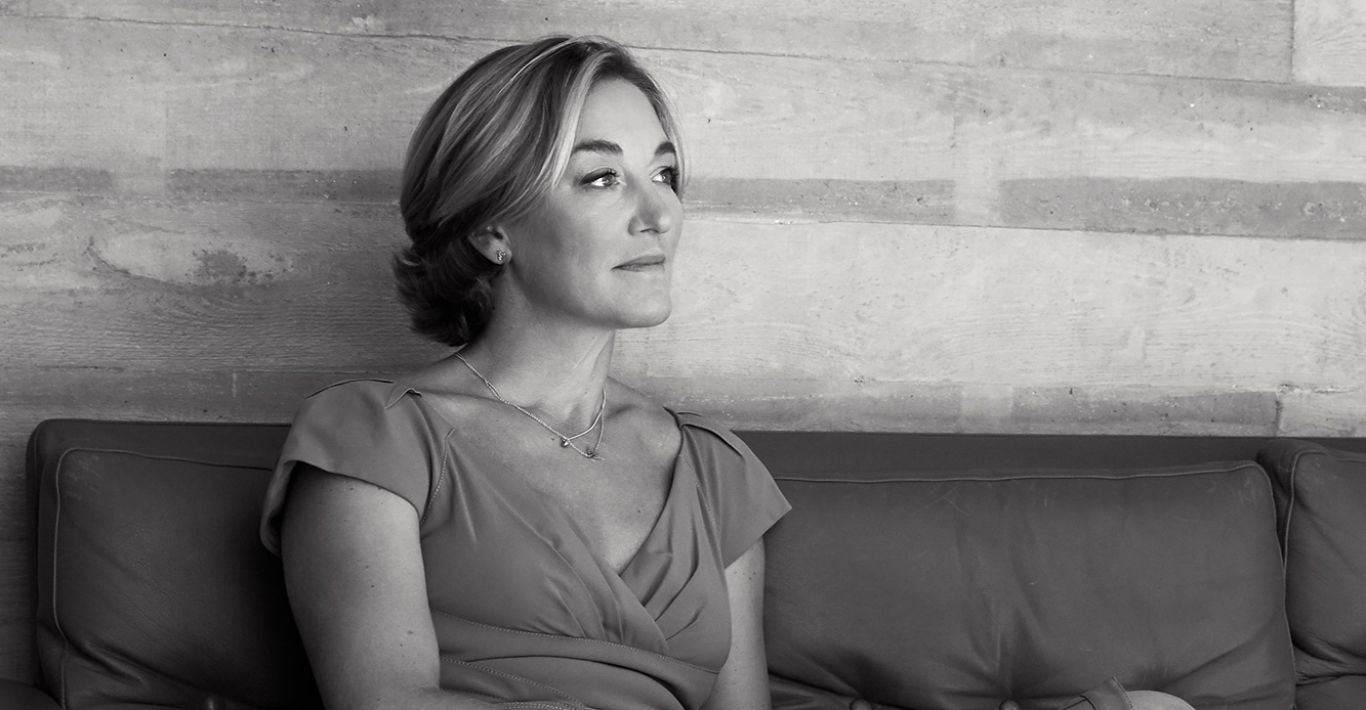I’m a great believer in serendipity and making the most of every opportunity. I didn’t set out to run my own business at 26, but following my final show at the Royal College of Art, Alex de Rijke, Philip Marsh and I began working together on a number of small design projects.
In 1995 we decided to submit our work to the New London Architects exhibition, which at that time was a bit like architecture’s version of Britpop. We were selected, alongside nine other practices and won the competition to design our first building. This meant we had to set up in practice and so de Rijke Marsh Morgan Architects (dRMM) was formed. We took the opportunity and ran with it. Alex, Philip and I are now joined by Jonas Lencer and have an incredible team – it’s been a fantastic 23 years.
Choosing the right people to work with is very important for being successful. You need to make sure that there is a good mix of skills and personalities, and that you all believe in the same things. Alex used to say he was the head, I was the heart and Philip the hands of dRMM. We’ve always made sure that we not only appreciate our differences, but embrace them.
dRMM is renowned for creating architecture that is innovative, high quality and socially useful. We’re proud of our reputation and owe it to an incredibly talented and resourceful team who work in the belief that outstanding architecture comes about through client collaboration, creative design, environmental awareness and building innovation.
Our practice has always had a very open, flat structure. We work hard to ensure that everyone enjoys what they do and feels fulfilled in their role – it’s a very collegiate, supportive and fun environment. As the business has grown we have developed our policies, such as flexible working and maternity and paternity leave. This enables us to support our team, and especially the women in our studio who want to have a more flexible work-life balance and manage childcare commitments. It’s important to me that women working in architecture and the built environment are not prevented from achieving their ambitions.
I also think mentoring and being a role model is important and that is equally applicable to men and women. I was asked recently who in the industry had helped me the most and I said that it was in fact two men: Lord Michael Heseltine and Lord Andrew Adonis. As well as providing me with opportunities, they gave me the confidence and platform to really develop both personally and professionally. I think it’s just as important that men in positions of power support women, as it is for women to support each other.
Through my roles with government and on various advisory panels I have a unique opportunity to effect change. I am a National Infrastructure Commissioner (NIC) and have set up and chair the NIC Design Group; I’m a Mayor of London’s design advisor; chair of the Independent Design Panel for High Speed Two, and deputy chair for the Thames Estuary 2050 Growth Commission. In everything I do, I champion good design and how it can be transformational, improving the quality of people’s lives.
I’ve also been promoting the need for young people to have a voice. I helped set up the NIC Young Professionals Panel, which advises the government on how to prioritise national infrastructure for the next 30 years. It has been extraordinarily successful. We had 13 places and more than 500 people applied. It’s been an amazing experience and we’ve learnt that their priorities are different to those of my generation.
I had breast cancer two years ago and when something like that happens to you, you completely reassess. What I’ve discovered is that my passion is about improving the quality of people’s lives through my work in the built environment. The question I ask myself is ‘what can I contribute to society, what can I meaningfully give back to the world?’
Designer Sadie Morgan founded award-winning architecture firm dRMM with Alex de Rijke and Philip March in 1995. She sits on various boards, including the Independent Design Panel for HS2, the high-speed railway currently under construction in the UK, and is a fellow of the UK Royal Society for the Encouragement of Arts, Manufactures and Commerce; drmm.co.uk





